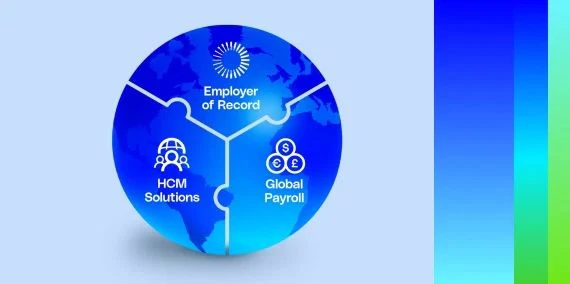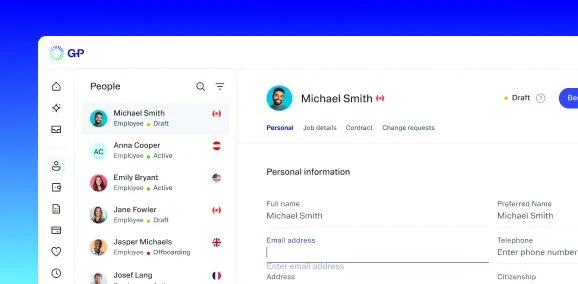Japan’s economic climate hosts a thriving business culture, which makes it an ideal place to expand your company. However, the country also has complex payroll and employment laws that often favor employees. Therefore, it is best to know all the ins and outs of these laws before setting up payroll in Japan.
Taxation rules in Japan
Japan’s progressive tax system increases with an employee’s salary. Salary income is subject to the national income tax and a local inhabitant tax, which is a flat rate that varies based on location. The national income tax ranges from 5% to 45%.
Both employers and employees also contribute to Japan’s social security system, which provides healthcare, pension, unemployment insurance, and more. Since the system is so comprehensive, many employers choose not to offer additional insurance benefits. Employers and workers each pay 50% of the premiums for health and welfare pension insurance.
How to establish payroll in Japan
Setting up your Japan payroll largely depends on your corporate structure. The 4 most common include:
- Godo-Kaisha: Similar to a limited liability company (LLC)
- Goshi-Kaisha: A limited partnership company
- Gomei-Kaisha: A general partnership company
- Kabushiki-Kaisha: Japan’s version of incorporation
Before setting up payroll, all businesses must set up bank accounts in Japan and complete numerous payroll registrations. You’ll also have to register for withholding tax, social insurance, and national labor insurance.
Entitlement/termination terms
Required entitlement and termination terms are one of the most fundamental things to understand before beginning the hiring process. Entitlements include anything from medical leave to paid vacation and maternity leave.
Outline your termination terms in a written employment contract, which should include a clause that requires employers to give 30 days’ notice of dismissal as well as a stipulation of legally permitted grounds for termination. It is worth noting that unilateral termination of an employee is extremely challenging in Japan. Japan does not have a mandatory statutory severance pay, unless otherwise stipulated in the Work Rules.
Streamline global payroll management with G-P.
G-P streamlines each step of the payroll management process with our market-leading Global Growth Platform™. Pay your team with confidence anywhere in the world in 150+ currencies with our 99% on-time automated payroll system — all with just a few clicks. Our products also integrate with leading HCM solutions, syncing employee payroll data across platforms automatically to create one reliable, convenient source of truth for HR teams.
Contact us to learn more about how we can support you.

















